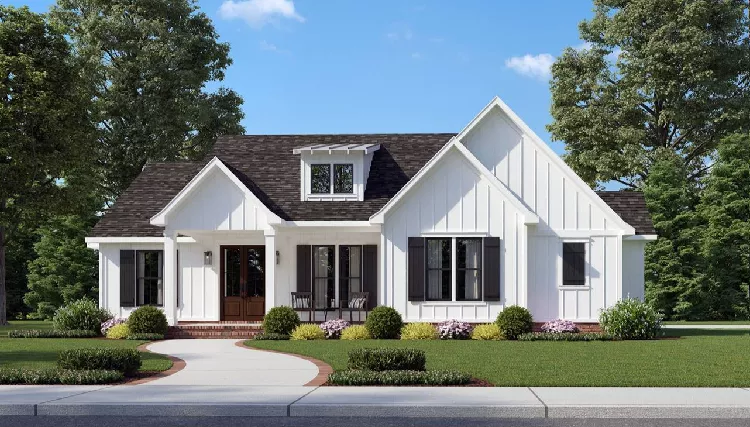When it comes to home improvement and ensuring accessibility, ADA-compliant window sills are crucial. They not only enhance the safety and accessibility of a home but also ensure that homeowners comply with the Americans with Disabilities Act (ADA) standards. In this article, we will explore what ADA-compliant window sills are, their importance, and how they can be integrated into your home design.

What are ADA-compliant window sills?
ADA-compliant window sills are designed to provide ease of access and safety for individuals with disabilities. These window sills are crafted to be at a lower height, making them accessible to individuals who use wheelchairs or have limited mobility. The design also ensures that the sills are free from sharp edges or obstacles that might pose hazards.
Importance of ADA-compliant window sills
Ensuring that your home has ADA-compliant window sills is not just about meeting legal requirements. It is about creating an inclusive environment where everyone, regardless of their physical abilities, can enjoy and access every part of the home. These window sills can also add value to your property, making it more appealing to a broader range of buyers.
Safety and Accessibility
One of the main reasons to install ADA-compliant window sills is safety. By lowering the height of window sills, individuals with mobility challenges can easily see outside and open windows without assistance. This feature helps prevent accidents and ensures that everyone can enjoy their living space fully.
Compliance with Legal Standards
Having ADA-compliant window sills ensures that your home meets the necessary legal standards set forth by the ADA. This compliance is crucial, especially for public buildings and rental properties, where accessibility is a legal requirement. By adhering to these standards, homeowners can avoid potential legal issues and contribute to a more inclusive society.
Designing with ADA compliance in mind
When designing or renovating a home, it’s essential to consider ADA-compliant window sills from the outset. This approach ensures that the design is cohesive and that accessibility features are integrated seamlessly. Consider consulting with a professional who specializes in ADA compliance to ensure all aspects of the design meet the necessary standards.
Choosing the Right Materials
When selecting materials for ADA-compliant window sills, durability and ease of maintenance should be top priorities. Materials such as vinyl or composite are excellent choices due to their long-lasting nature and minimal upkeep requirements.
Incorporating Aesthetics
While functionality is crucial, aesthetics should not be overlooked. Many homeowners worry that ADA-compliant window sills might compromise the aesthetic appeal of their homes. However, with the right design and materials, these window sills can enhance the overall look of your home.
Installation of ADA-compliant window sills
Installing ADA-compliant window sills requires careful planning and execution. It’s essential to work with experienced professionals who understand the intricacies of ADA standards. This ensures that the installation is not only compliant but also blends seamlessly with the home’s existing design.
Cost Considerations
The cost of installing ADA-compliant window sills can vary based on several factors, including the materials used and the complexity of the installation. However, the investment is worthwhile, given the increased accessibility and value it brings to your home.
Maintenance and Upkeep
Once installed, ADA-compliant window sills require regular maintenance to ensure they remain in good condition. Regular cleaning and inspections can help identify any issues early, preventing costly repairs down the line.
Potential challenges and solutions
While ADA-compliant window sills offer numerous benefits, there can be challenges in integrating them into certain home designs. However, these challenges can often be overcome with creative solutions and professional guidance.
Space Limitations
In homes with limited space, installing ADA-compliant window sills might seem challenging. However, with careful planning and design adjustments, these sills can be accommodated without compromising on accessibility or aesthetics.
Finding Skilled Professionals
Another potential challenge is finding skilled professionals who understand ADA standards and can execute the installation effectively. It’s crucial to research and select professionals with a proven track record in ADA-compliant installations.
Benefits of ADA-compliant window sills
Besides enhancing accessibility, ADA-compliant window sills offer other significant benefits. They can improve the overall functionality of a home and provide a more inclusive living environment for all residents.
Increased Property Value
Homes with ADA-compliant window sills are often more attractive to potential buyers, especially those looking for accessible properties. This feature can significantly increase your home’s market value.
Enhanced Quality of Life
By installing ADA-compliant window sills, homeowners can ensure that all residents and visitors, regardless of their physical abilities, have a better quality of life. These features provide greater autonomy and independence, allowing everyone to enjoy the home fully.
Conclusion
Incorporating ADA-compliant window sills into your home design is a step towards creating a more inclusive and accessible environment. By understanding the importance, design considerations, and potential challenges, homeowners can make informed decisions that benefit both their families and the community. For additional guidance on accessible home designs, you can explore accessible pantry designs or automated blinds to further enhance your home’s accessibility.

FAQs
What are the ADA requirements for window sills?
ADA requirements for window sills include specific height and design standards to ensure they are accessible to individuals with disabilities. For more detailed information, you can visit the L.A. Housing Department.
Are ADA-compliant window sills necessary for all homes?
While not legally required for all homes, having ADA-compliant window sills can significantly improve accessibility and is recommended for creating an inclusive living environment.
How can I make my existing window sills ADA-compliant?
To make existing window sills ADA-compliant, you may need to lower their height and ensure they are free from obstructions. Consulting with a professional can provide specific recommendations tailored to your home.
This article contains affiliate links. We may earn a commission at no extra cost to you.

